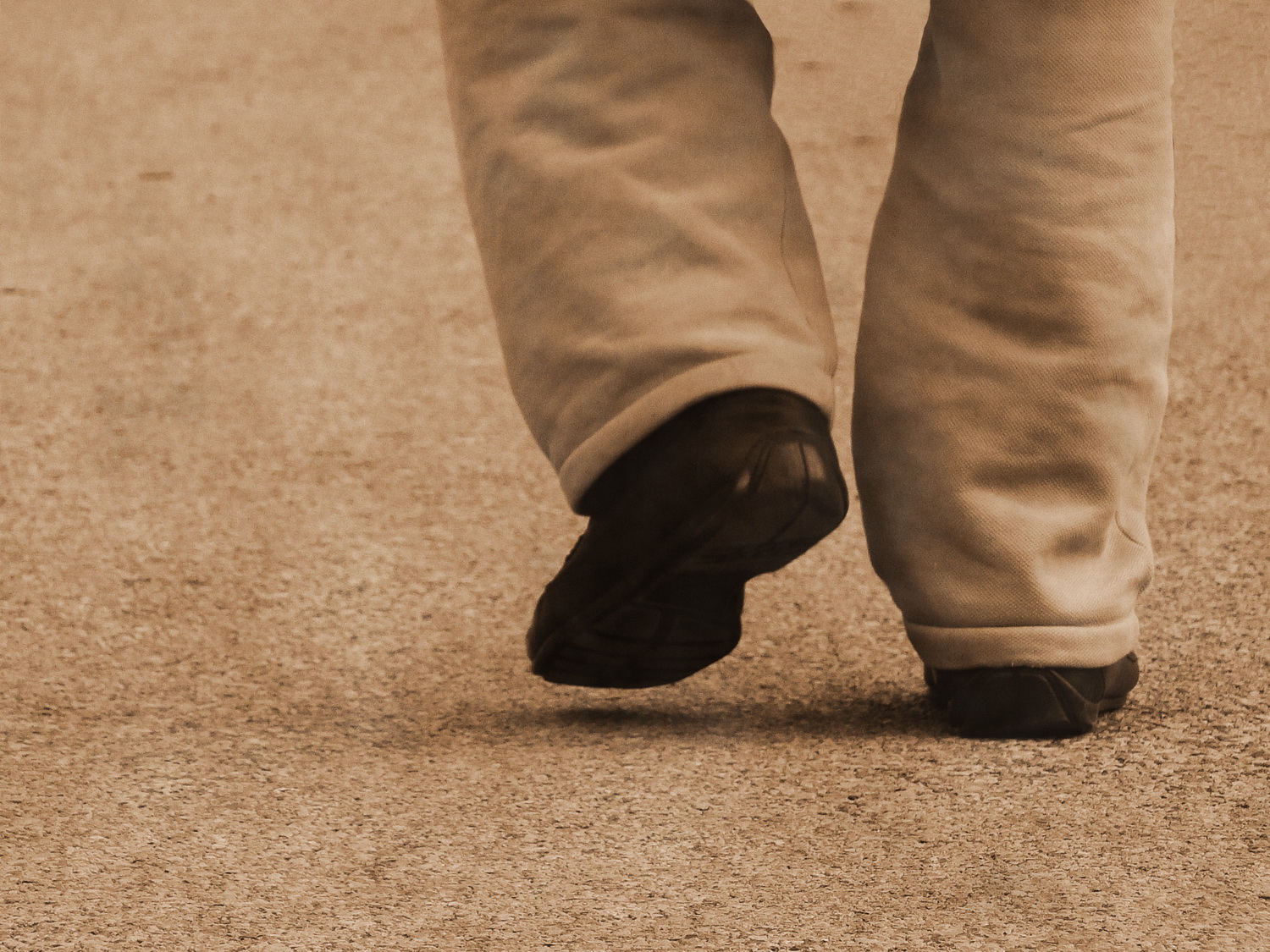
THURSDAY, Aug. 11 (HealthDay News) — What do a prehistoric water reptile and a dolphin have in common? A lot more than you might expect, new research indicates.
A 78-million-year-old fossil of a large prehistoric aquatic reptile with its embryo offers the first evidence of live birth in these creatures. It also suggests that they may have had a social structure similar to modern dolphins, U.S. scientists say.
Plesiosaurs were meat-eating, four-flippered long-necked reptiles that lived during the Mesozoic Era.
Prevous research has shown that live birth occurred in several other groups of aquatic reptiles that lived in the same era, but this is the first evidence of live birth in plesiosaurs.
“Scientists have long known that the bodies of plesiosaurs were not well suited to climbing onto land and laying eggs in a nest. So the lack of evidence of live birth in plesiosaurs has been puzzling,” paper co-author F. Robin O’Keefe, of Marshall University in Huntington, W. Va., said in a museum news release.
“This fossil documents live birth in plesiosaurs for the first time, and so finally resolves this mystery. Also, the embryo is very large in comparison to the mother, much larger than one would expect in comparison with other reptiles.”
The Natural History Museum of Los Angeles County is now displaying the adult plesiosaur and its embryo, whose skeleton found in the 15.4-foot-long adult plesiosaur specimen includes ribs, 20 vertebrae, shoulders, hips, and paddle bones.
“Many of the animals alive today that give birth to large, single young are social and have maternal care. We speculate that plesiosaurs may have exhibited similar behaviors, making their social lives more similar to those of modern dolphins than other reptiles,” O’Keefe said.
A report on the discovery appears in the Aug. 12 issue of the journal Science.
More information
The Australian Broadcasting Corp. has more about plesiosaurs.

